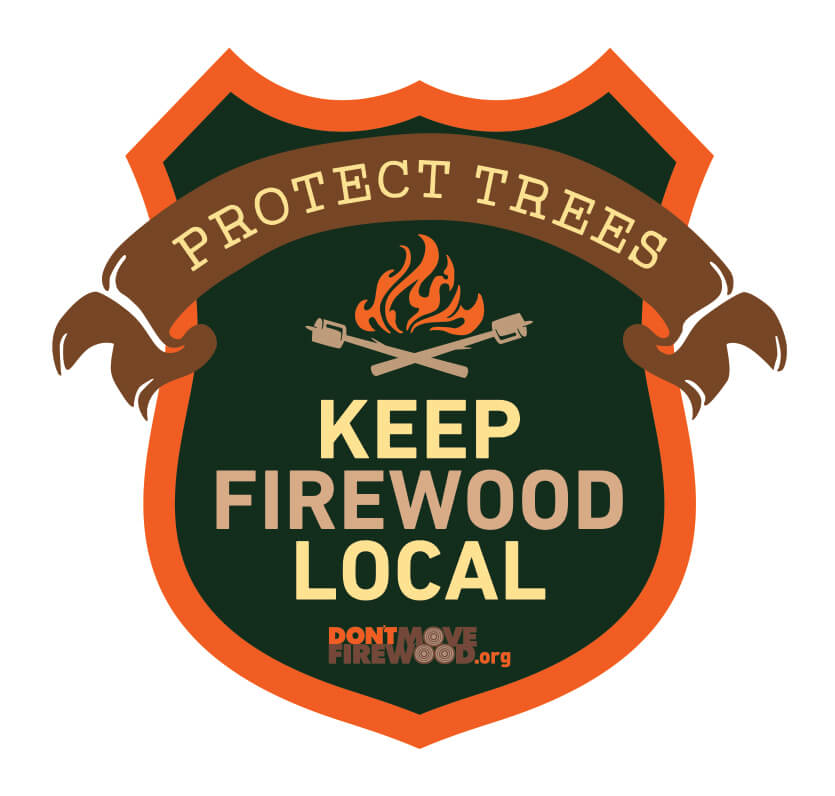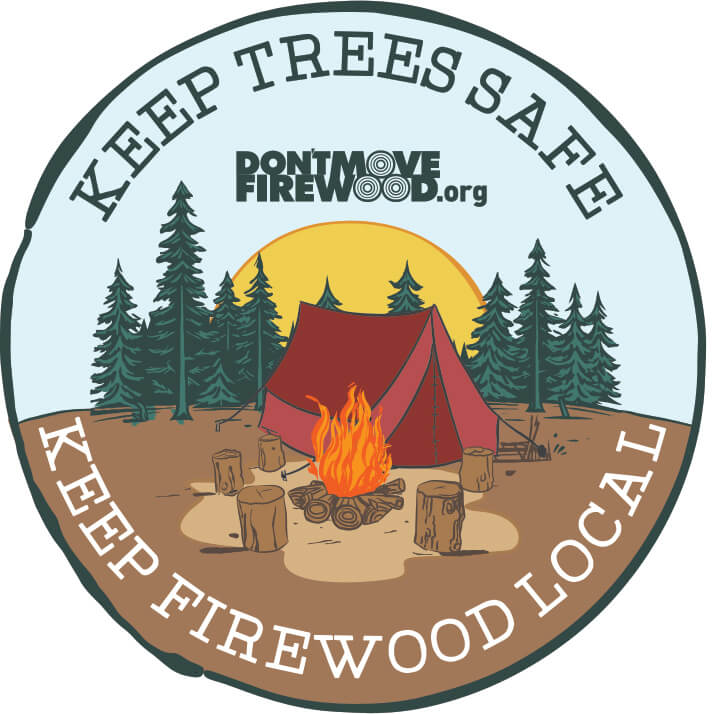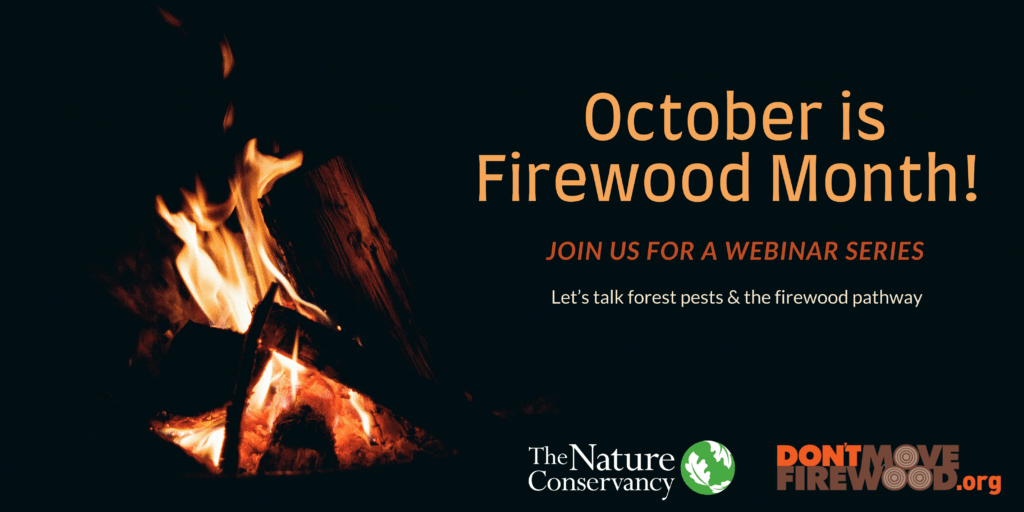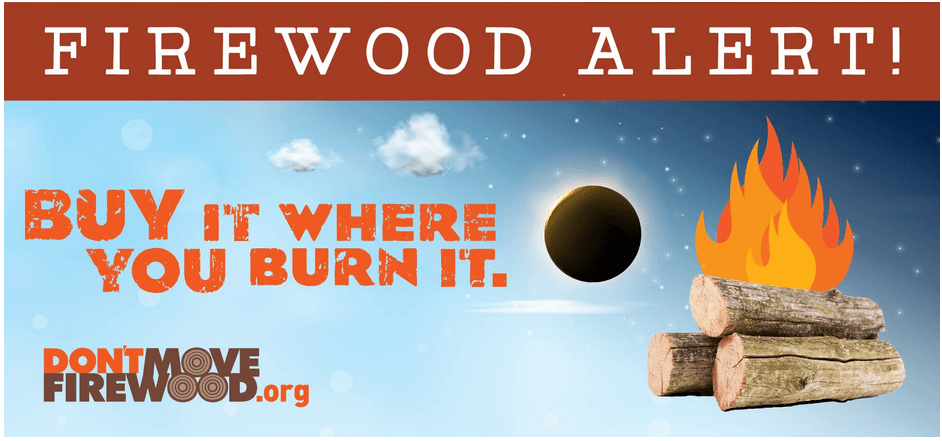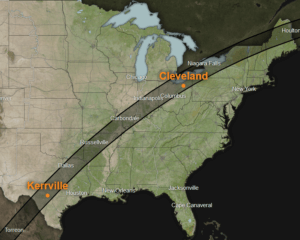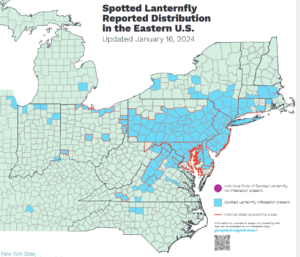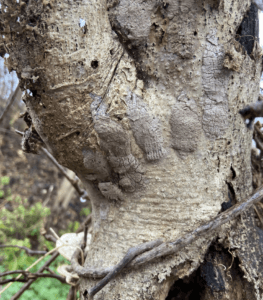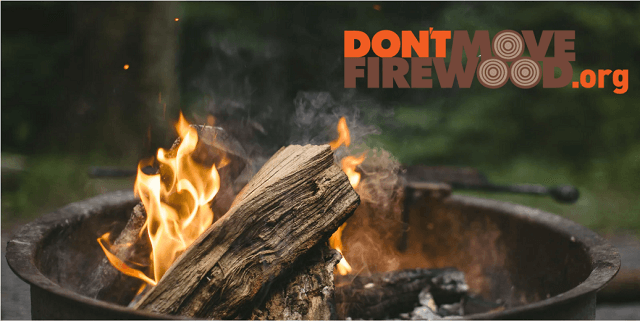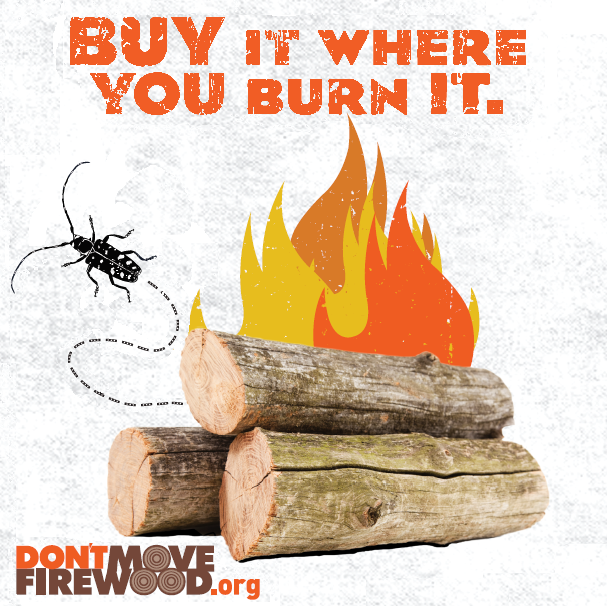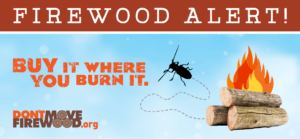Press Release for August 1, 2022
Contact: Angelica Solano: lsolano@clemson.edu
Collaborative study determines effective messengers, language choices, and modes of delivery for disseminating educational information on how firewood choices can impact forest health.
A recent study done in collaboration between The Nature Conservancy’s Don’t Move Firewood campaign and researchers from Clemson University showed that most people in the United States don’t know firewood can harbor invasive forest insects and diseases, but when targeted education materials are used effectively, they can learn and are likely to change their behavior. Researchers analyzed data from five surveys conducted from 2005 to 2016 to investigate what outreach on the firewood pathway can accomplish, and what are the most effective messengers and methods when educating the public on invasive pests and forest health.
The study showed less than half of the public (39%) said they have heard or seen firewood messaging and less than a quarter (19%) were aware of state laws or firewood regulations. Angelica Solano, lead author of the recent study published in Biological Invasions, said “we got feedback directly from the public on how to communicate better with them about insects and diseases spreading through firewood. We found that while the Don’t Move Firewood campaign and its partners have demonstrably increased the public’s awareness, there’s a strong need for continued and improved collaborative outreach efforts via effective modes, messengers, language choices, and message framing.”
Findings from the study suggest that the two best ways to reach the public with firewood educational messages are through campsite reservation confirmation emails and flyers handed out at parks. Additionally, the results of the study indicate that people trust forestry-related public agencies the most to learn about forest health issues.
Combining both pre-visit digital messaging with physical outreach materials when a visitor arrives improves the likelihood that the public will encounter and incorporate safer firewood behaviors over time. As Solano states, “conveying information directly to the public in ways that they will pay attention to, rather than having them look for the information, should improve message delivery.”
For all types of outreach materials, success hinges on effective phrasing to generate attention, and a positive framing was found to be most effective. As Solano said, “messages should focus on encouraging the public to make better choices, including how they will benefit from such choices. Using clear examples and language that encourage a positive call to action or ‘promotion’ rather than a reactive or ‘prevention’ approach, should be the first choice by outreach professionals.”
Finally, outreach campaigns focused on invasive species and forest health are wise to collaborate with state agencies to coordinate educational outreach efforts. Forestry-related public agencies, including both state and federal forest professionals, are the most likely to be trusted and heard. According to Solano, “Outreach groups like non-profits, universities, and others that partner with trusted state and federal forest agencies will improve their message delivery, which in turn increases awareness.”
Awareness Increased over Time from Firewood Education Campaigns
Results of the study show that more than a decade of dedicated efforts by firewood educational campaigns like Don’t Move Firewood have led not only to increased awareness, but increased concern over the spread of harmful insects and pathogens via the firewood pathway.
“It’s great to see confirmation that our messages and outreach techniques are working- and it’s wonderful to have solid direction on where there is room for improvement,” said Leigh Greenwood, The Nature Conservancy’s Don’t Move Firewood program director. “Outreach needs to change with the times, so that we can reach people in the most effective ways possible. This study gives us the information we need to protect trees and forests from the pests that travel on the firewood pathway.”
To access the study in Biological Invasions, visit:
Solano, A., Rodriguez, S.L., Greenwood, L., Rosopa, P.J., and Coyle, D.R. 2022. Achieving effective outreach for invasive species: firewood case studies from 2005-2016. Biological Invasions.
https://link.springer.com/article/10.1007/s10530-022-02848-w
To access the study via Springer Nature SharedIt, visit:
https://rdcu.be/cRRVH
To request a copy of this study from the author, contact the lead author at lsolano@g.clemson.edu
To learn more about Don’t Move Firewood and the ways you can help prevent the spread of harmful forest pests and diseases please visit https://www.dontmovefirewood.org/
To download a pdf version of this press release click here: Solano 2022 press_release_FINAL




